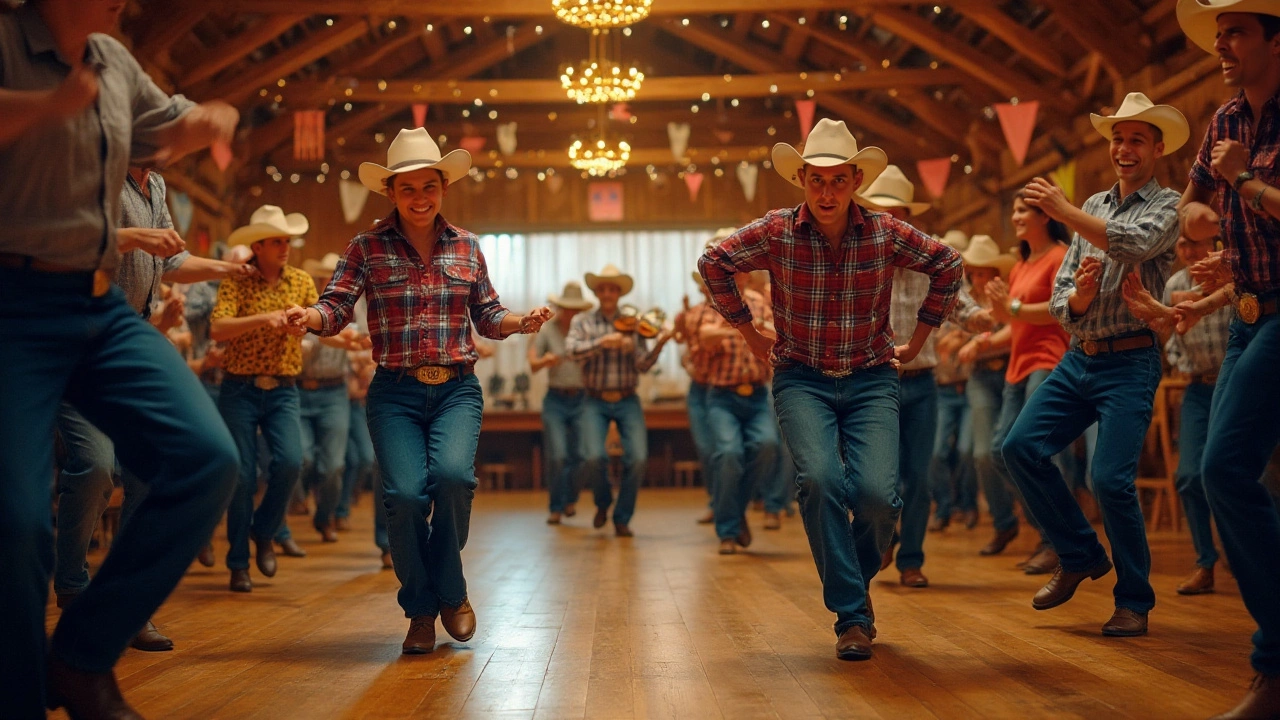Regional Dance: Discover India’s Vibrant Local Moves
When you hear the word “dance” in India, you probably think of big stage shows or Bollywood numbers. But the real heartbeat of Indian movement lives in regional dance – the styles that grew out of villages, festivals, and daily life. Each state, each community, has its own steps, costumes, and stories that reflect local history and values.
Why Regional Dance Matters
Regional dance isn’t just entertainment; it’s a living record of language, religion, and geography. The moves often mimic farming tasks, hunting rituals, or marital customs, turning everyday life into rhythm. Watching a folk performance gives you a glimpse into how people celebrated harvests, warded off evil spirits, or honored gods centuries ago. Plus, learning these dances connects you with locals in a way that food or souvenirs can’t.
Because each form is tied to a specific place, you’ll hear different instruments, see distinct costumes, and feel unique energy. For example, the fast‑paced drums of Punjab’s Bhangra contrast sharply with the graceful hand gestures of Kerala’s Mohiniyattam. That variety makes regional dance a great way to travel without leaving your living room.
Popular Regional Dances to Try
Bhangra (Punjab) – Originating from harvest celebrations, Bhangra uses high‑energy jumps, shoulder shimmies, and dhol beats. It’s perfect for cardio and party vibes.
Garba (Gujarat) – Performed in circles around a lit lamp, Garba blends simple footwork with clapping. It’s ideal for group gatherings and festivals like Navratri.
Odissi (Odisha) – One of India’s oldest classical forms, Odissi features sculptural poses and fluid torso movements. Beginners can start with basic mudras and step patterns.
Kalbeliya (Rajasthan) – Also called “snake dance,” it uses swaying hip motions and rapid ankle twists, inspired by desert folk’s nomadic life.
Kathak (Uttar Pradesh) – Known for dramatic foot stamps and expressive storytelling, Kathak mixes fast spins (chakkars) with slow, emotive gestures.
Most of these styles have online tutorials, community classes, or local festivals where you can join. Start with a short video lesson, then try practicing the basic steps in front of a mirror. If you can, attend a live performance – the energy of the crowd and the live instruments make the learning curve easier.
Regional dance is a doorway to India’s cultural mosaic. Whether you want a workout, a cultural lesson, or just a fun hobby, there’s a local style that fits your taste. Pick one, learn its basics, and you’ll feel a deeper connection to the stories that have been dancing through Indian villages for centuries.
